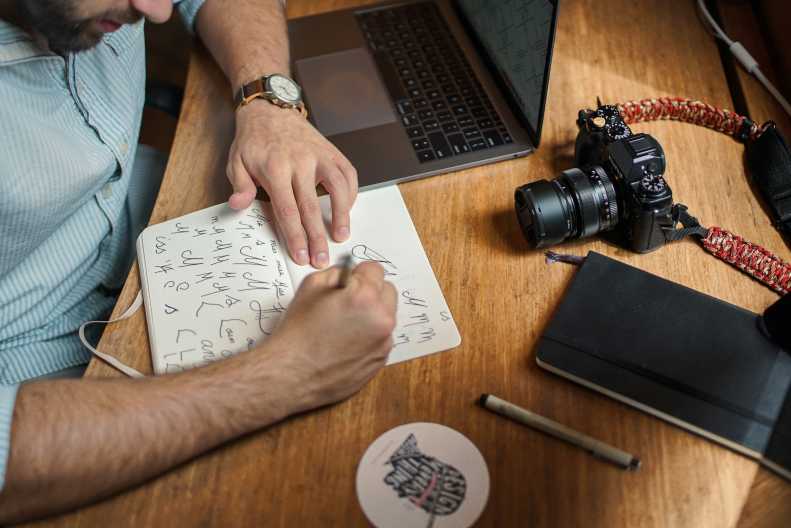Korean architecture has a rich history that dates back thousands of years, encompassing a wide range of styles influenced by both traditional Korean culture and external influences. In recent years, there has been a notable turning point in Korean architecture as a new wave of architects and designers are reimagining traditional elements in a modern and global context. This shift has put Contemporary Korean Craftsmanship at the forefront of the global architectural stage.
One of the key characteristics of contemporary Korean architecture is the blending of traditional Korean design elements with modern materials and technologies. This fusion creates a unique aesthetic that is both innovative and rooted in tradition. Architects and designers are drawing inspiration from traditional Korean architecture, such as hanok (traditional Korean houses), and incorporating elements like curved roofs, wooden structures, and intricate detailing into modern buildings.
Contemporary Korean architecture also emphasizes sustainability and environmental consciousness. Architects are using eco-friendly materials and techniques to minimize the environmental impact of their designs. This focus on sustainability is not only beneficial for the environment but also contributes to the overall aesthetic of the buildings, creating spaces that are in harmony with their surroundings.
In addition to drawing on traditional Korean architecture, contemporary Korean designers are also influenced by global trends and styles. This fusion of global influences with traditional Korean design elements creates a dynamic and innovative architectural landscape that is gaining recognition on the global stage.
One example of this blending of tradition and innovation is the Songdo International Business District in Incheon, South Korea. Designed by renowned architect Kohn Pedersen Fox Associates, this futuristic city features cutting-edge technology and sustainable design principles while incorporating elements of traditional Korean architecture, such as traditional courtyards and wooden detailing. The result is a unique urban environment that pays homage to Korea’s rich architectural heritage while embracing the future.
Contemporary Korean Craftsmanship is also gaining recognition in the realm of interior design and furniture. Korean designers are creating handcrafted furniture and home accessories that blend traditional Korean craftsmanship with modern design sensibilities. This fusion of old and new creates pieces that are not only beautiful but also functional and sustainable.
Overall, the turning point in Korean architecture marks an exciting time for the country’s design community. By reimagining traditional elements in a modern and global context, Korean architects and designers are creating a new aesthetic that is gaining recognition on the global stage. With a focus on sustainability, innovation, and craftsmanship, Contemporary Korean Craftsmanship is poised to continue making waves in the world of architecture and design.
To learn more, visit us on:
Listen Communication
https://www.listencom.co.kr/
+82 2 6251 1150
902, 164, Gonghang-daero, Gangseo-gu, Seoul, Republic of Korea
Weaving the Past and Future
Founded in 2013 by Sangyoon Kim, Listen Communication is a multidisciplinary studio engaged in architecture, interior design, furniture, lighting, curation, and art. Rooted in Korean heritage and guided by a contemporary sensibility, our work reinterprets tradition to create spaces and objects that resonate across time. Through deep cultural exploration and collaborative craftsmanship, we envision a future where the past is not preserved as nostalgia but transformed into new narratives of Korean identity.

